Drifting, the technique of intentionally oversteering a car while maintaining control through a corner, has evolved from basic skill to specialized motorsport. Demanding utmost precision and finesse from drivers, drifting pushes the limits of both car and driver. Let’s delve into the origins, physics, and competitive evolution of this unique racing style.
Origins: Making the Rear Slide
Drifting emerged organically on the mountain passes and winding roads of Japan in the mid-20th century. It began as a stylish and risky way for street racers and motorcycle riders to approach corners at high speed. By initiating controlled oversteer, usually with the emergency brake, drivers could maintain higher cornering speeds than otherwise possible. This “drifting” technique impressed onlookers and became a competitive demonstration of car control skills.
As the sport developed, drivers discovered that rear-wheel drive sports cars with limited slip differentials were best suited to holding sustained drifts. Iconic drift cars included the Toyota Corolla Levin, Nissan Silvia, Mazda RX-7, and Nissan 240SX. Lowered suspensions, increased power, and performance modifications further optimized drift cars. Still, the key element was the skill of the driver in balancing the car through responsive throttle, brake, clutch, and steering inputs.
The Dance of Weight Transfer
In a controlled drift, the rear wheels of the car deliberately oversteer, losing traction and skidding outward at an angle from the car’s direction of travel. To initiate a drift, the driver first shifts weight rearward, usually by braking, causing the front wheels to temporarily gain more traction than the rears. Then a flick of the steering and/or throttle pivots the car into oversteer.
As the car slides, momentum continues carrying it laterally toward the outside of the turn. To counteract this, the driver carefully feathers the throttle and countersteers, balancing the forces acting on the car. The front wheels point inward, toward the center of the turn, while the rears travel outward in a controlled skid. It’s a delicate dance of weight transfer fore and aft, side to side.
Meanwhile, the tires are pushed to their limits, generating smoke while distorting and skimming across the asphalt. Finesse on the pedals and wheel keeps the car balanced in a graceful slide. This sustains drift angle and speed through the entirety of the corner. The driver then unwinds the wheel and throttles up as the car exits the turn, stabilization complete. Executed perfectly, the drift borders on balletic.
Competitive Evolution
As drifting graduated from public roads to organized events, formal judging criteria and competition formats developed. The D1 Grand Prix professional drifting championship launched in Japan in 2001, cementing its mainstream appeal. Drift competitions have since spread across the globe, with Formula Drift established as the premier U.S. series.
Drift events employ diverse judging guidelines, but core elements are:
| Drift Angle | Higher angles score better |
|---|---|
| Line | Precisely clipping zones and apexes |
| Speed | Maintaining velocity through drift |
| Style/Showmanship | How dramatic and exciting the drift appears |
| Fluidity | Smooth transitions and unbroken slide |
Tandem format, where two cars drift on course simultaneously, has become the standard. This side-by-side competition places even greater demand on precision and consistency. Judges look for which driver better navigates the ideal qualifying line at full drift angle.
The evolution of competitive drifting has required ever more power and grip. Drift cars now sport bespoke suspensions, racing slicks, and up to 1000 horsepower. Yet car control fundamentals remain paramount. The judging criteria still essentially quantify how artfully a driver can induce, sustain, and control oversteer.
A Chess Match of Man and Machine
While drifting may look like drivers are hanging on for dear life, when executed by pros, it is a choreographed dance requiring extreme focus and discipline. Racers talk of entering a mental flow state; a heightened zone of concentration and intuition.
Learning drifting’s delicate balance takes extensive seat time. Racers start at low speeds and with simple manuevers. Through repetition, they ingrain the reflexive ability to counterweight transfers and vehicle rotations. Gradually, the controls become second nature extensions of the driver’s will.
This allows them to step up to high-speed passes and extreme drift angles while processing numerous variables. The track surface. The weight and power characteristics of their car. The proximity of walls and competitors. The positioning needed to clip that inner clipping point just so.
In concert with the vehicle, the driver enters a focused flow. Adapting to ever-changing conditions. Sensing traction limits. Processing causality and reaction. High-speed drifting demands processing power and reaction times comparable to those of fighter pilots.
Yet racers chase the zone precisely because it demands their full concentration and creativity. Like a jazz musician or freestyle rapper, they improvise a fluid performance using hard-earned skills. And as with other performative arts, each run contains its own nuances. No two will ever be exactly the same.
The Freedom of Letting Go
This unique appeal drives drifting’s spread across the globe. Fans are drawn to the style and freedom of expression inherent in mastering an untamed machine. Spinning rear tires mesmerize with their raw power, just barely constrained. The sights, sounds, and smells of drifting evoke sensations impossible to replicate on digital tracks and simulators.
Of course, such freedom comes with great risk. Both car and driver regularly push past the limits of traction and control. This requires accepting the imminent danger of high-powered slides. Racers mitigate risks with extensive training and safety equipment. But the potential remains for spectacular crashes when trying to ride these barely controlled forces.
For competitors and fans alike, this danger seems a necessary part of the allure. The possibility of losing control seems inextricably linked to the freedom of near-perfect control. Of understanding one’s limits so deeply that they can be brushed without crossing the line. The art of drifting lives within these razor-thin margins.
In short, from winding mountain passes to sold-out stadiums, drifting continues to spread the joy of oversteer. The pursuit of the perfect drift demands utmost car control and massive courage. Racers chase both the zone of absolute focus and the freedom of letting rear tires loose. Fans are drawn to the expression of skill, style, and machine bonding pushed to their extremes. Drifting culture continues to evolve worldwide, as more drivers seek to master this unique motorsport.
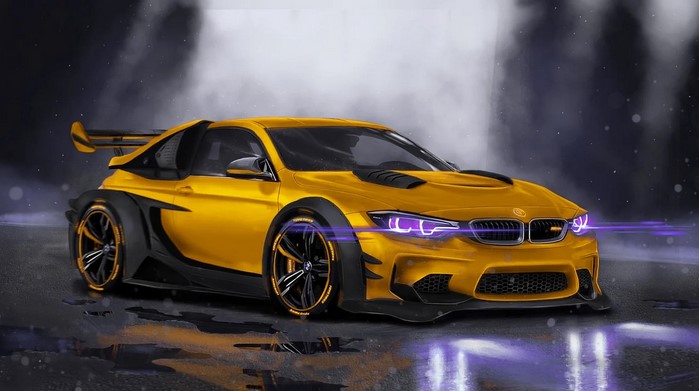
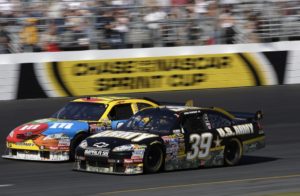
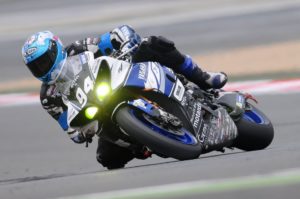

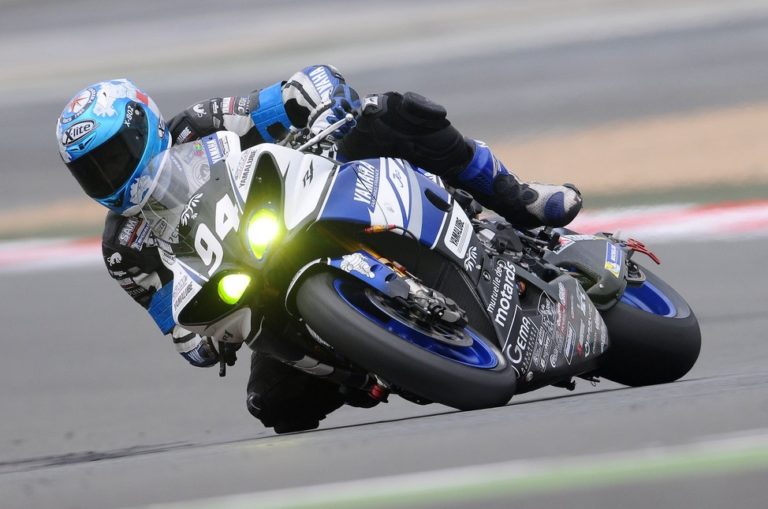
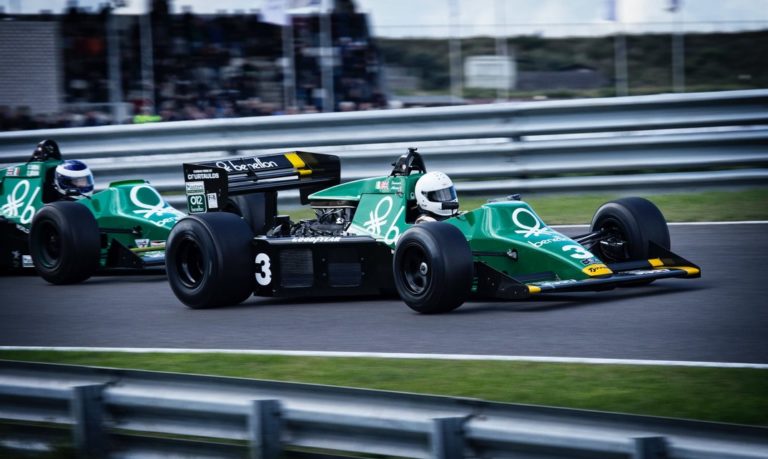
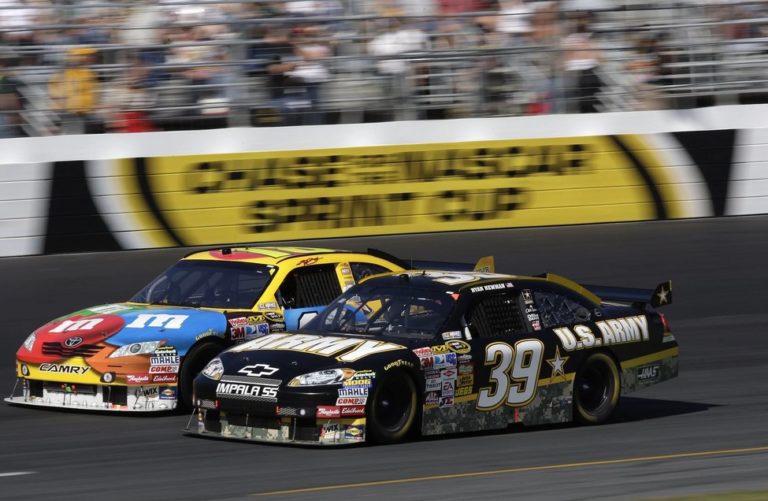
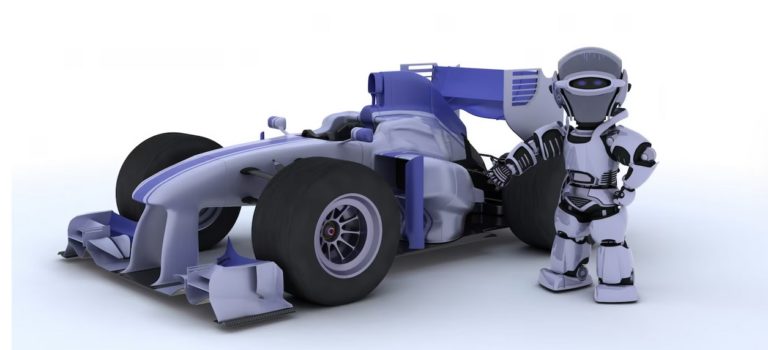
+ There are no comments
Add yours